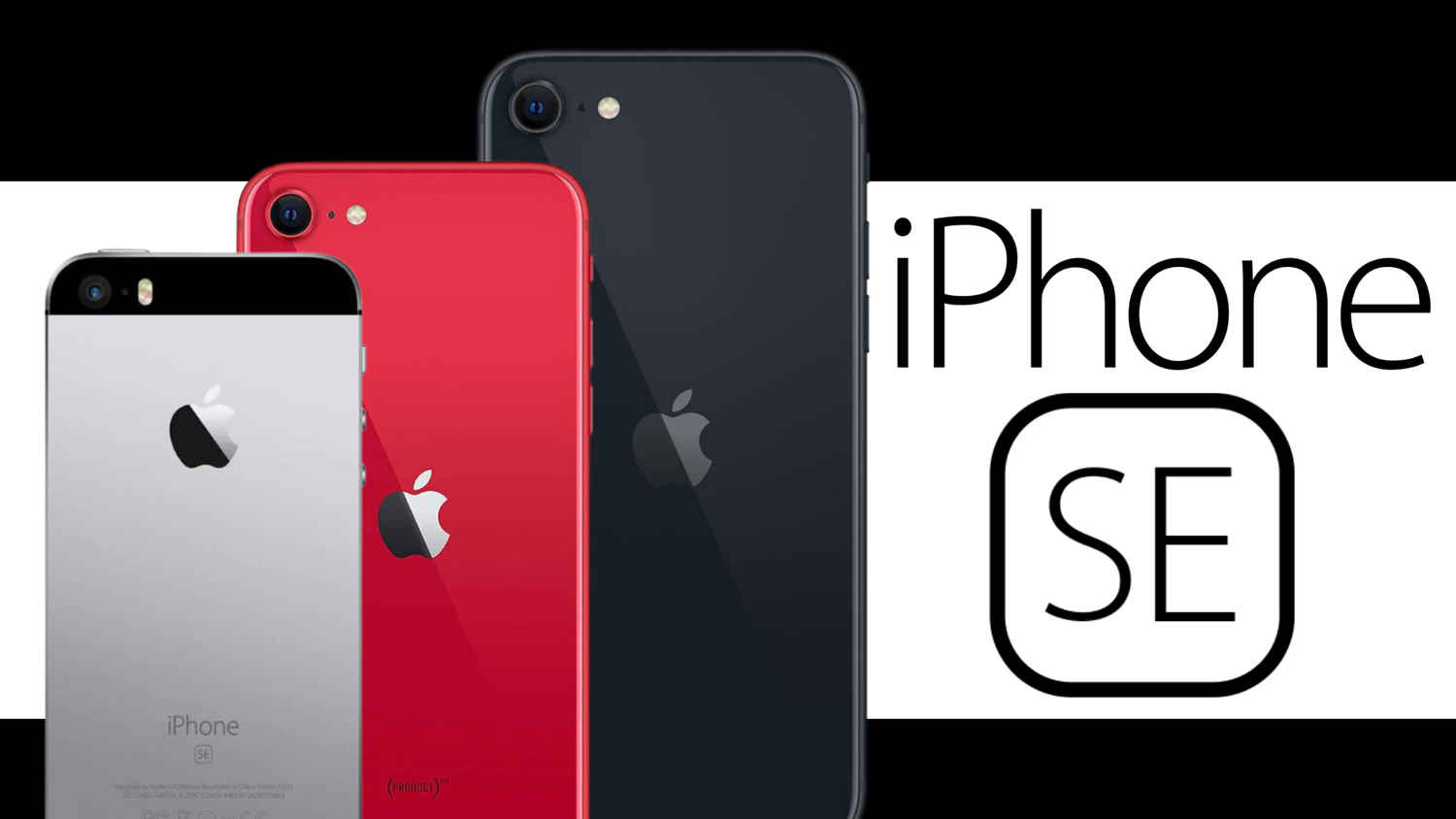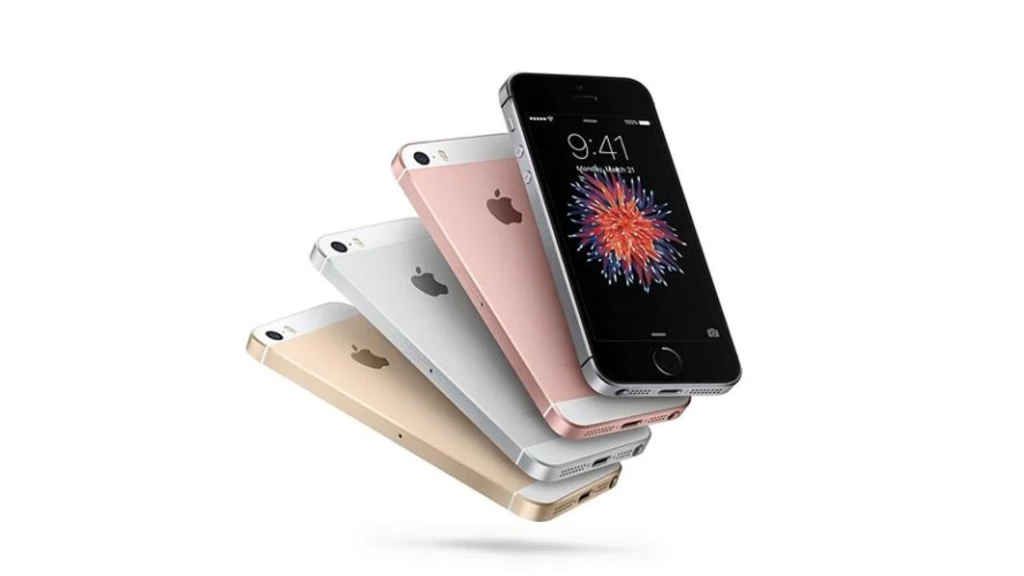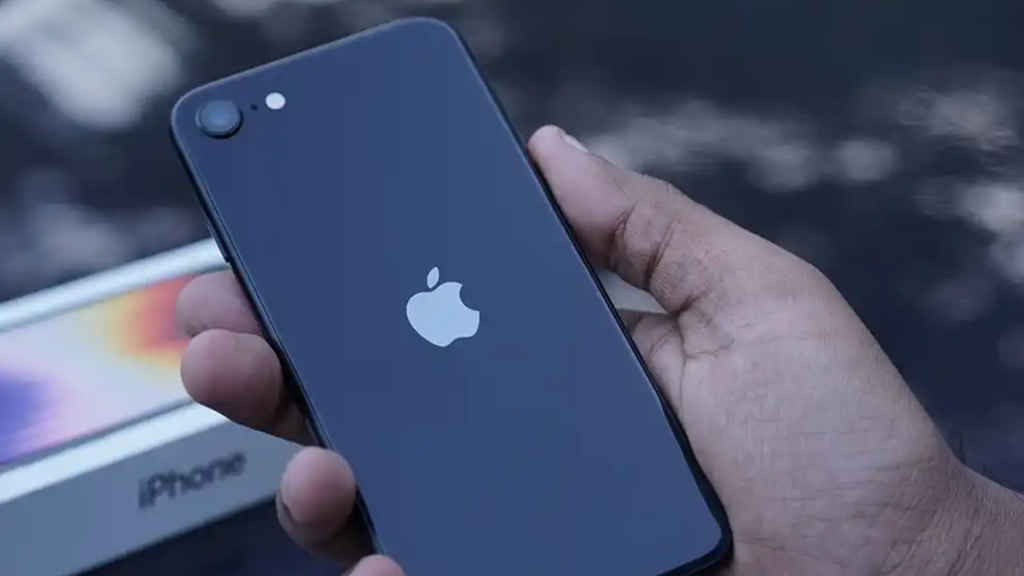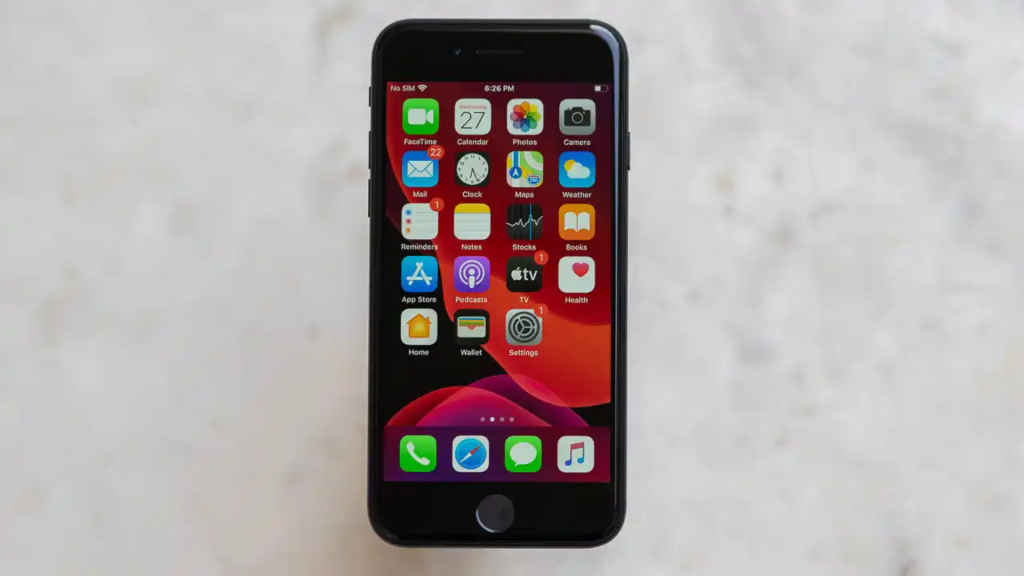iPhone SE: Apple’s trick to make you feel fancy without burning the bank

The iPhone SE (Special Edition?, Who knows?) has been a cornerstone in Apple’s strategy to expand its reach without compromising its brand promise of innovation and quality. Since its debut in 2016, the SE series has continuously carved its niche, blending the best of Apple’s engineering prowess with a price tag that makes it one of the most accessible entry points into the Apple ecosystem. As we stand on the cusp of the fourth-generation iPhone SE’s launch, it’s worth delving into its history, evolution, and the profound impact it has had on both Apple’s business and the broader smartphone market.
The SE line was conceived as a bridge between affordability and premium functionality. At a time when the industry was moving towards larger screens and ever-increasing price tags, Apple’s introduction of the SE signified a calculated move to capture a segment of consumers who valued compactness and high performance without the frills of flagship models. Its evolution over the years has underscored Apple’s ability to adapt to changing market dynamics while staying true to its core ethos. With the upcoming release of the iPhone SE (4th Generation), rumoured to feature significant design and performance upgrades, the SE’s journey is poised to reach new heights.
The start of a beautiful journey
The original iPhone SE was launched in March 2016 as a response to the growing demand for a smaller, budget-friendly iPhone. At its heart, the SE was a hybrid – combining the beloved 4-inch form factor of the iPhone 5s with the powerful A9 chip and 12MP rear camera from the iPhone 6s. This combination ensured the SE delivered flagship performance in a compact, familiar design, appealing to users who weren’t ready to transition to the larger screens dominating the market. Beyond its hardware, the iPhone SE’s affordability set it apart. Starting at $399, it democratised access to Apple’s ecosystem, attracting a diverse range of users, including those upgrading from older iPhones and first-time Apple customers.
Also Read: Apple Intelligence will not sell iPhones in India: Here’s why

The evolution of the iPhone SE
The SE lineup’s journey is marked by deliberate steps that balance modern technology with cost efficiency.
- iPhone SE (1st Generation, 2016): The debut model paired the iPhone 5s’s compact design with the iPhone 6s’s internals, offering a seamless blend of nostalgia and cutting-edge performance. The 12MP camera supported 4K video recording, a rarity in its price bracket at the time.
- iPhone SE (2nd Generation, 2020): After a four-year hiatus, Apple reintroduced the SE with a 4.7-inch Retina HD display, adopting the iPhone 8’s design. Powered by the A13 Bionic chip, it delivered performance on par with the flagship iPhone 11, while also introducing features like wireless charging and enhanced photography capabilities.
- iPhone SE (3rd Generation, 2022): The third-generation SE retained its predecessor’s design but upgraded to the A15 Bionic chip, ensuring compatibility with the latest iOS features and adding 5G connectivity. Despite its traditional design, it offered unparalleled value for performance-conscious buyers.
Why have an iPhone SE model?
The iPhone SE’s significance lies in its ability to cater to diverse audiences and markets. For Apple, the SE series is more than just a budget-friendly option; it’s a strategic tool to expand its market reach. By offering an affordable yet high-performing device, the SE line appeals to cost-sensitive markets, including emerging economies where flagship models might be prohibitively expensive. It also helps retain ecosystem loyalty by providing a compelling upgrade path for users of older iPhones who might otherwise consider switching to competing brands. By delivering the latest processors and iOS updates in a familiar form, Apple ensures user retention. Furthermore, while priced lower than flagship models, the SE’s affordability encourages higher sales volumes, contributing significantly to Apple’s overall revenue.
Also Read: A timeline of AI features on Apple iPhone: The past and the present

From a consumer’s perspective, the iPhone SE offers an unmatched value proposition. With the same processors as Apple’s top-tier models, the SE delivers smooth performance, ensuring it remains functional and relevant for several years. Despite its lower price, the SE adheres to Apple’s stringent design standards, offering durability and a premium feel that stands out in its price segment. Apple’s commitment to long-term iOS support ensures that SE users enjoy new features and security updates, enhancing the device’s lifespan.
What’s next for the iPhone SE?
The iPhone SE stands as proof of Apple’s ability to innovate within constraints. *cough* make the rest of your products affordable pls *cough* By combining affordability with cutting-edge technology, the SE series has redefined what a budget smartphone can offer. As we approach the launch of the fourth-generation model, it’s evident that the SE’s role in Apple’s lineup remains as vital as ever.

Ultimately, the iPhone SE’s enduring appeal lies in its ability to adapt to changing consumer needs while staying true to Apple’s vision of excellence. It’s a device that challenges the notion of what defines a smartphone’s value – not by competing on price alone but by redefining the user experience in a way that is uniquely Apple. In doing so, the iPhone SE has carved out a space not just in the smartphone market but in the hearts of Apple fanboys and regular folk alike.
Also Read: With iPhone 16’s camera button, is Apple betting iPhone’s future on photography alone?
With rumoured upgrades that align it closer to flagship models, the next iPhone SE could set a new benchmark for value in the smartphone market. For consumers and Apple alike, the SE’s journey is a compelling narrative of balancing cost, performance, and innovation.
Satvik Pandey
Satvik Pandey, is a self-professed Steve Jobs (not Apple) fanboy, a science & tech writer, and a sports addict. At Digit, he works as a Deputy Features Editor, and manages the daily functioning of the magazine. He also reviews audio-products (speakers, headphones, soundbars, etc.), smartwatches, projectors, and everything else that he can get his hands on. A media and communications graduate, Satvik is also an avid shutterbug, and when he's not working or gaming, he can be found fiddling with any camera he can get his hands on and helping produce videos – which means he spends an awful amount of time in our studio. His game of choice is Counter-Strike, and he's still attempting to turn pro. He can talk your ear off about the game, and we'd strongly advise you to steer clear of the topic unless you too are a CS junkie. View Full Profile




